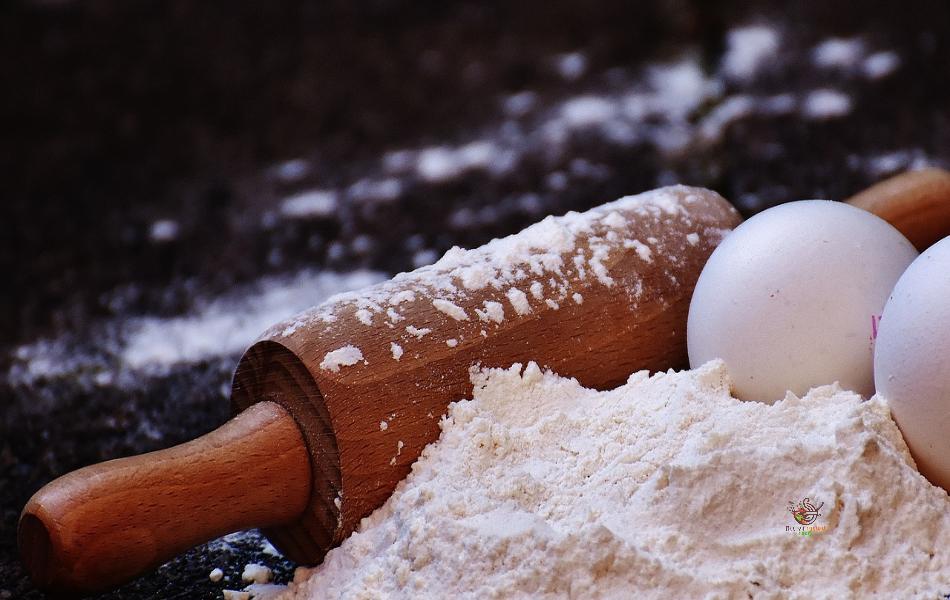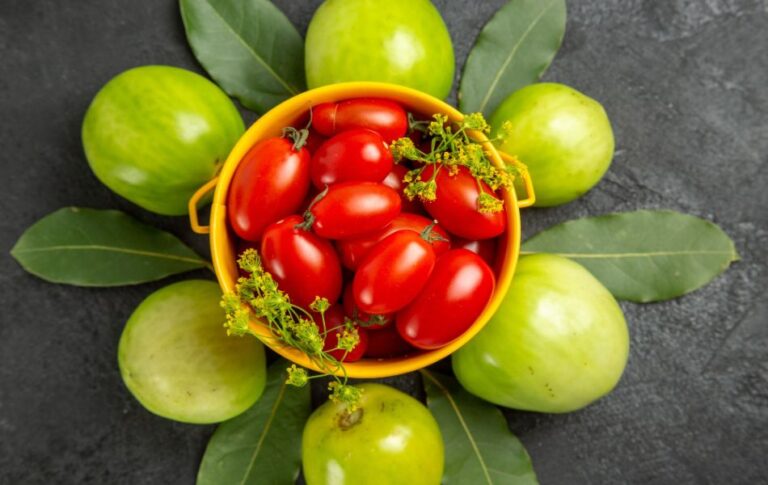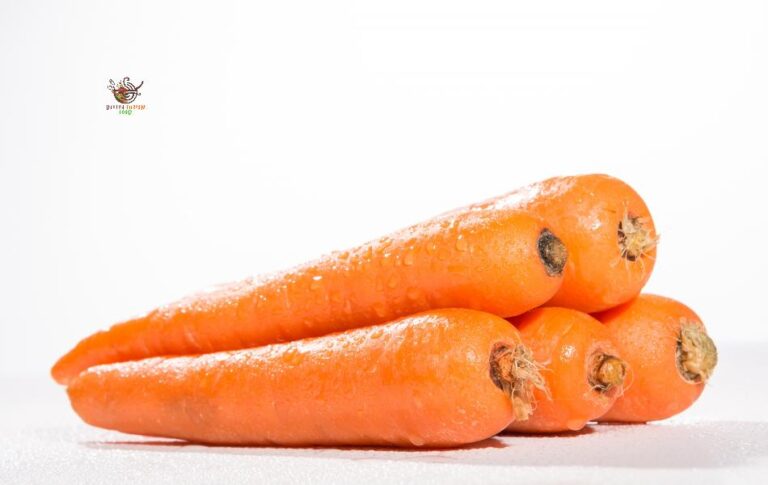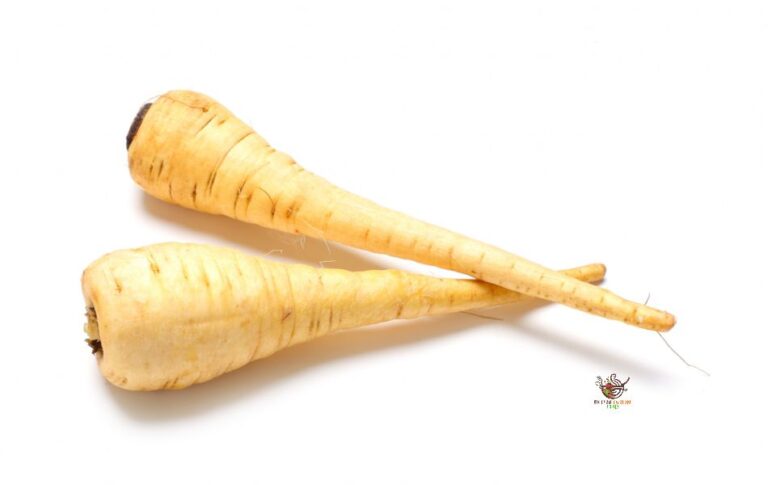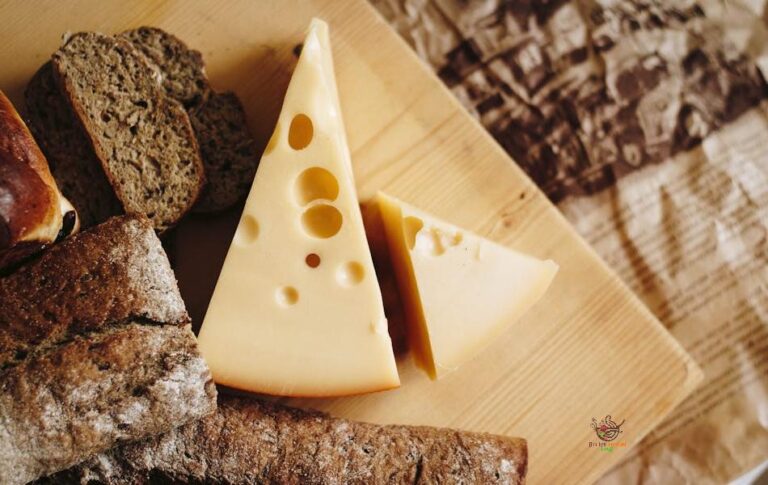4 Best Manitoba flour Substitutes
If you can’t find Manitoba flour for a recipe, don’t worry! You can easily substitute it with readily available alternatives like bread flour, all-purpose flour, semolina flour, or durum. While these may not replicate Manitoba flour’s unique properties used in Italian baking, you can tweak them to get a similar result. Look for these Manitoba flour substitutes at your local grocery store and adapt them to suit your recipe.
What Is Manitoba Flour?
Manitoba flour is a variety of wheat flour celebrated for its robust gluten composition. Crafted from hard red spring wheat, it originates in the Canadian province of Manitoba. In certain areas, it goes by the name Farina Manitoba.
The origin of the name “Manitoba” lies in the province where the wheat is cultivated. This wheat variety, scientifically named Triticum aestivum, is a robust crop capable of enduring the cold temperatures and brief growing seasons characteristic of the region.
Manitoba flour is known as “strong” because it has more protein. It’s great for recipes like bread and pizza dough, providing structure and a chewy texture due to its high gluten content.
In Italy, Manitoba flour is a common substitute for “00” flour in recipes, offering versatility for both baking and cooking.
Manitoba Flour vs. Other Flours
When examining Manitoba flour in contrast to other types of flour, several noteworthy distinctions emerge. This section delves into the disparities in gluten content, flour strength, and protein content between Manitoba flour and its counterparts.
1. Gluten Content
Manitoba flour stands out due to its high gluten content, surpassing other types of flour. Its elevated gluten percentage contributes to the elasticity of dough and aids in the rising process.
2. Flour Strength
Flour strength is another crucial aspect to consider. It denotes the flour’s capacity to absorb and retain water, influencing its rising ability and structural formation in baked goods. Manitoba flour, characterized as a strong flour, exhibits high flour strength, enabling it to absorb more water than weaker alternatives.
3. Protein Content
Manitoba flour boasts a higher protein content than all-purpose flour, making it a preferred choice for recipes demanding increased gluten levels. The primary proteins in Manitoba flour, glutenin, and gliadin, amalgamate to form gluten upon water incorporation.
Overall, the trifecta of high gluten content, robust flour strength, and increased protein levels render Manitoba flour a favored choice for crafting bread and other baked goods demanding a resilient and elastic dough. However, its distinctive properties may not align with all recipes, potentially influencing the final product’s texture and flavor.
Manitoba Flour in Diverse Recipes
With its high gluten content, Manitoba flour is a versatile choice for various recipes, including bread, pizza, pasta, pastry, and cakes. Let’s explore its different uses in baking.
1. Baking
Ideal for recipes with extended leavening times, Manitoba flour is perfect for preparing treats like panettone, pandoro, croissants, doughnuts, and rum baba. It ensures a light and fluffy texture and is excellent for pizza dough, offering elasticity and chewiness.
2. Pizza and Pasta
In Italy, Manitoba flour takes center stage in pizza and pasta making. Whether creating pizza bases or pasta dough, its high gluten content ensures an excellent texture and consistency.
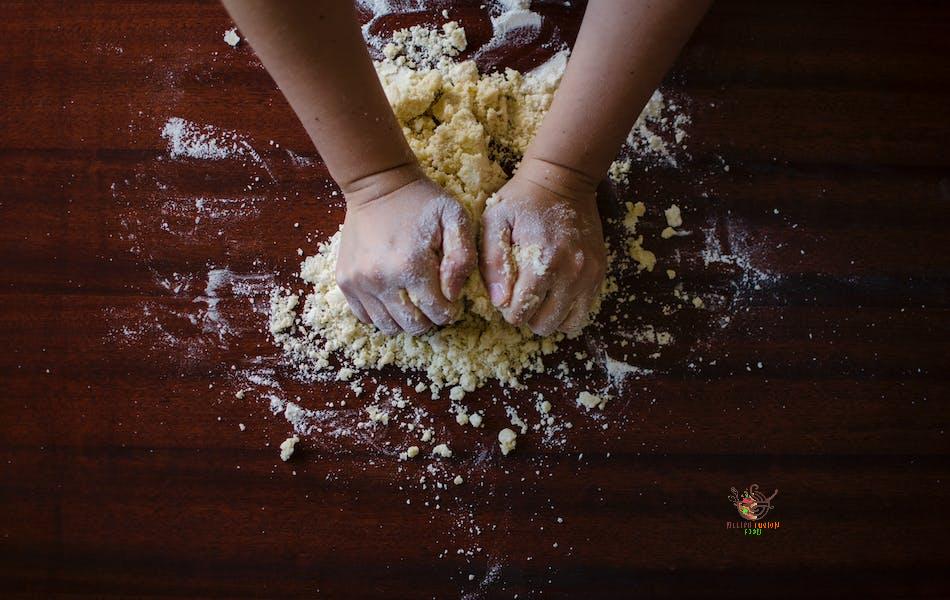
Manitoba flour’s superior water absorption makes it a reliable substitute, ensuring a consistent dough compared to other flours like type 00 or type 0.
3. Bread Making
Manitoba flour, with its high gluten content, is perfect for making bread with a chewy texture and a crispy crust. It also works well in creating seitan, a vegetarian meat substitute.
4. Pastry and Cake Making
Pastry chefs favor Manitoba flour for creating delightful pastries like croissants, doughnuts, and baba. It works as a versatile substitute for refined white bread flour or rice flour, offering a chewy texture and excellent rise.
Best Manitoba flour Substitutes
Locating Manitoba flour for your preferred rustic Italian bread or pizza dough can pose a challenge in certain regions. In such cases, finding the nearest available substitute becomes necessary. The following list considers the most common and comparable alternatives to Manitoba flour.
1. Bread Flour
Bread flour, containing 12% to 14% protein, is perfect for making yeasted bread. Its high protein and gluten content make the dough elastic and light, resulting in a chewy texture after baking. When looking for a substitute for Manitoba flour in bread, dough, or crust recipes, bread flour is the closest match due to its similar protein content. Both bread flour and Manitoba flour work well in recipes, binding effectively due to their high protein content.
If you can’t find bread flour, you can use different types of flour and add gluten. Alternatively, embrace the fact that your recipe will have a unique taste.
2. All-Purpose Flour
All-purpose flour serves various purposes, including baking, cooking, coating meats and vegetables, and acting as a thickening agent for sauces and gravies. It is a blend of hard and soft wheat, offering versatility with an average protein content. The gluten formed from wheat protein provides elasticity to the dough, aiding it in stretching and trapping gases produced by leavening agents like yeast and baking powder. This natural rising process results in delectable baked goods.
More readily available than bread flour, all-purpose flour is a versatile substitute for Manitoba flour. Some bread flour varieties even include a mix of all-purpose flour and Manitoba flour. This combination proves to be a compelling alternative. When opting for all-purpose flour instead of Manitoba flour, expect a slightly crumbly texture due to the lower gluten content, making it a softer flour type.
3. Semolina Flour
Semolina flour, made from durum wheat, is a coarse, pale yellow option. Durum wheat, known for being the hardest wheat species with high protein and gluten content, is resistant to milling. The milling process produces gritty wheat middlings, forming semolina flour.
If you want to make pasta and can’t find Italian Manitoba flour, consider using semolina flour. It can create a rich, decadent, crisp, and crumbly texture. Comparable to Manitoba flour in high protein content, semolina flour is a popular choice for pasta and bread. Generally, it has a coarser texture and a more yellowish color than Manitoba flour.
4. Durum Flour
Durum flour gets its name from the hard durum wheat it’s made from, known for its high protein and gluten. “Durum” comes from the Latin word “durus,” meaning hard. Durum wheat grows mainly in Mediterranean countries like Italy, Turkey, and Morocco.
In commercial production, durum wheat undergoes cleaning, tempering, and grinding in roller mills to create fine particles. The resulting flour is sifted to remove any remaining bran or germ, resulting in a slightly yellow-colored flour.
Sometimes people use durum flour and semolina flour interchangeably, but they’re different! Both are made from durum wheat, but durum flour is finer, and semolina is coarser.
Durum is like Manitoba flour and works as a substitute because of its higher glutenin and gliadin levels. Durum wheat, rich in protein, is elastic and great for pizza dough. It’s also a good substitute for making pasta or other stretchy dough. Sometimes, mixing Manitoba flour and durum creates the perfect combination.
See Also – Challah Bread Substitutes: Exploring Alternatives
FAQ About Manitoba Flour
What is the Composition of Manitoba Flour?
Manitoba flour is made from hard wheat in the Canadian province of Manitoba.
Is Manitoba Flour Whole Wheat?
It depends on the brand. Some produce regular Manitoba flour, while others offer whole wheat Manitoba flour.
Is Manitoba Flour Exclusive to Canada?
No, various brands make Manitoba flour, and it can be sourced from countries like Italy. However, the wheat used is from Canada.
Is Manitoba Flour Suitable for Bread?
Yes, especially for bread with a longer leavening time.
How Does Manitoba Flour Differ from All-Purpose Flour?
Manitoba flour has higher gluten and protein content (12.5-15%), making it stronger than all-purpose flour (10-12%).

